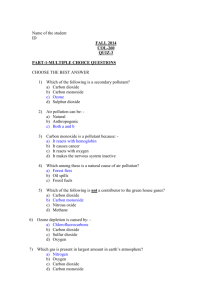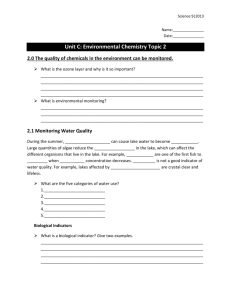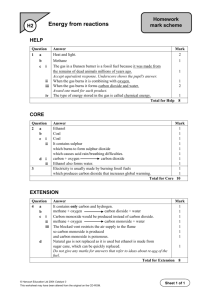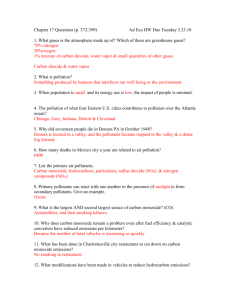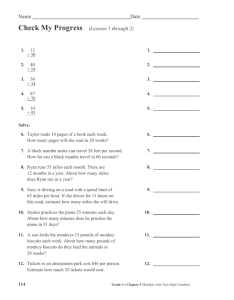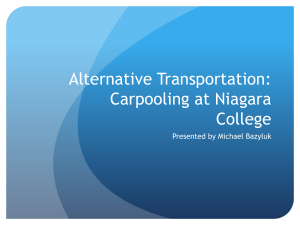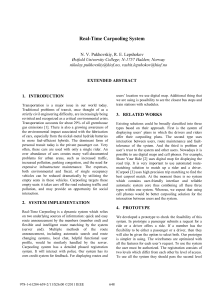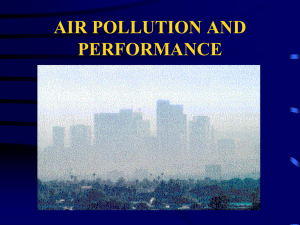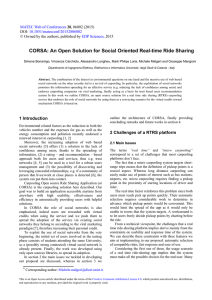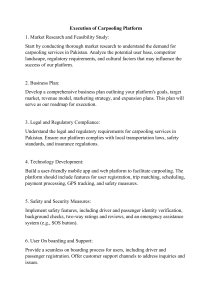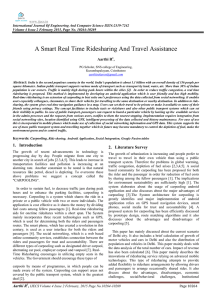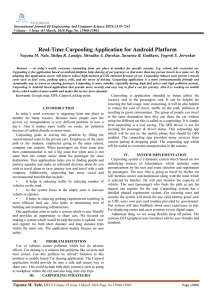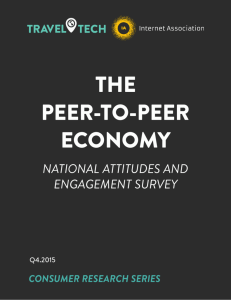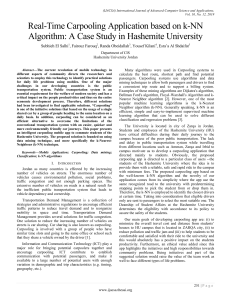Reduce Air Pollution
advertisement
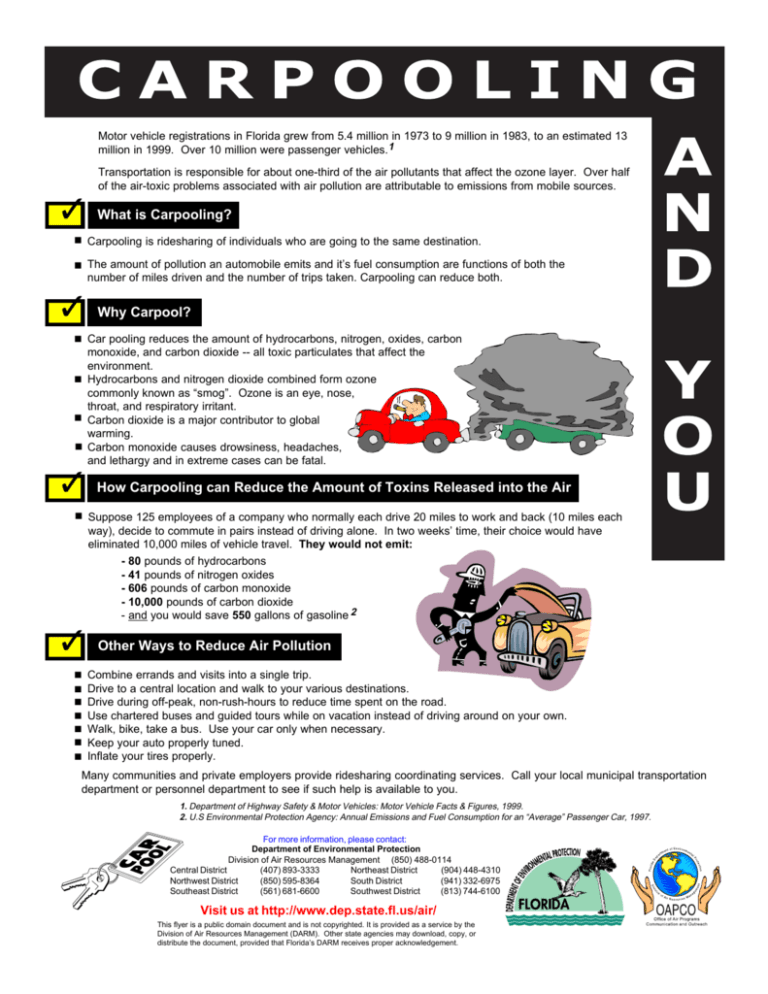
Motor vehicle registrations in Florida grew from 5.4 million in 1973 to 9 million in 1983, to an estimated 13 million in 1999. Over 10 million were passenger vehicles.1 ✓ . . ✓ . . . . ✓ . ✓ ... .. .. Transportation is responsible for about one-third of the air pollutants that affect the ozone layer. Over half of the air-toxic problems associated with air pollution are attributable to emissions from mobile sources. What is Carpooling? Carpooling is ridesharing of individuals who are going to the same destination. The amount of pollution an automobile emits and it’s fuel consumption are functions of both the number of miles driven and the number of trips taken. Carpooling can reduce both. Why Carpool? Car pooling reduces the amount of hydrocarbons, nitrogen, oxides, carbon monoxide, and carbon dioxide -- all toxic particulates that affect the environment. Hydrocarbons and nitrogen dioxide combined form ozone commonly known as “smog”. Ozone is an eye, nose, throat, and respiratory irritant. Carbon dioxide is a major contributor to global warming. Carbon monoxide causes drowsiness, headaches, and lethargy and in extreme cases can be fatal. How Carpooling can Reduce the Amount of Toxins Released into the Air Suppose 125 employees of a company who normally each drive 20 miles to work and back (10 miles each way), decide to commute in pairs instead of driving alone. In two weeks’ time, their choice would have eliminated 10,000 miles of vehicle travel. They would not emit: - 80 pounds of hydrocarbons - 41 pounds of nitrogen oxides - 606 pounds of carbon monoxide - 10,000 pounds of carbon dioxide - and you would save 550 gallons of gasoline 2 Other Ways to Reduce Air Pollution Combine errands and visits into a single trip. Drive to a central location and walk to your various destinations. Drive during off-peak, non-rush-hours to reduce time spent on the road. Use chartered buses and guided tours while on vacation instead of driving around on your own. Walk, bike, take a bus. Use your car only when necessary. Keep your auto properly tuned. Inflate your tires properly. Many communities and private employers provide ridesharing coordinating services. Call your local municipal transportation department or personnel department to see if such help is available to you. 1. Department of Highway Safety & Motor Vehicles: Motor Vehicle Facts & Figures, 1999. 2. U.S Environmental Protection Agency: Annual Emissions and Fuel Consumption for an “Average” Passenger Car, 1997. For more information, please contact: Department of Environmental Protection Division of Air Resources Management (850) 488-0114 Central District (407) 893-3333 Northeast District (904) 448-4310 Northwest District (850) 595-8364 South District (941) 332-6975 Southeast District (561) 681-6600 Southwest District (813) 744-6100 Visit us at http://www.dep.state.fl.us/air/ This flyer is a public domain document and is not copyrighted. It is provided as a service by the Division of Air Resources Management (DARM). Other state agencies may download, copy, or distribute the document, provided that Florida’s DARM receives proper acknowledgement.

